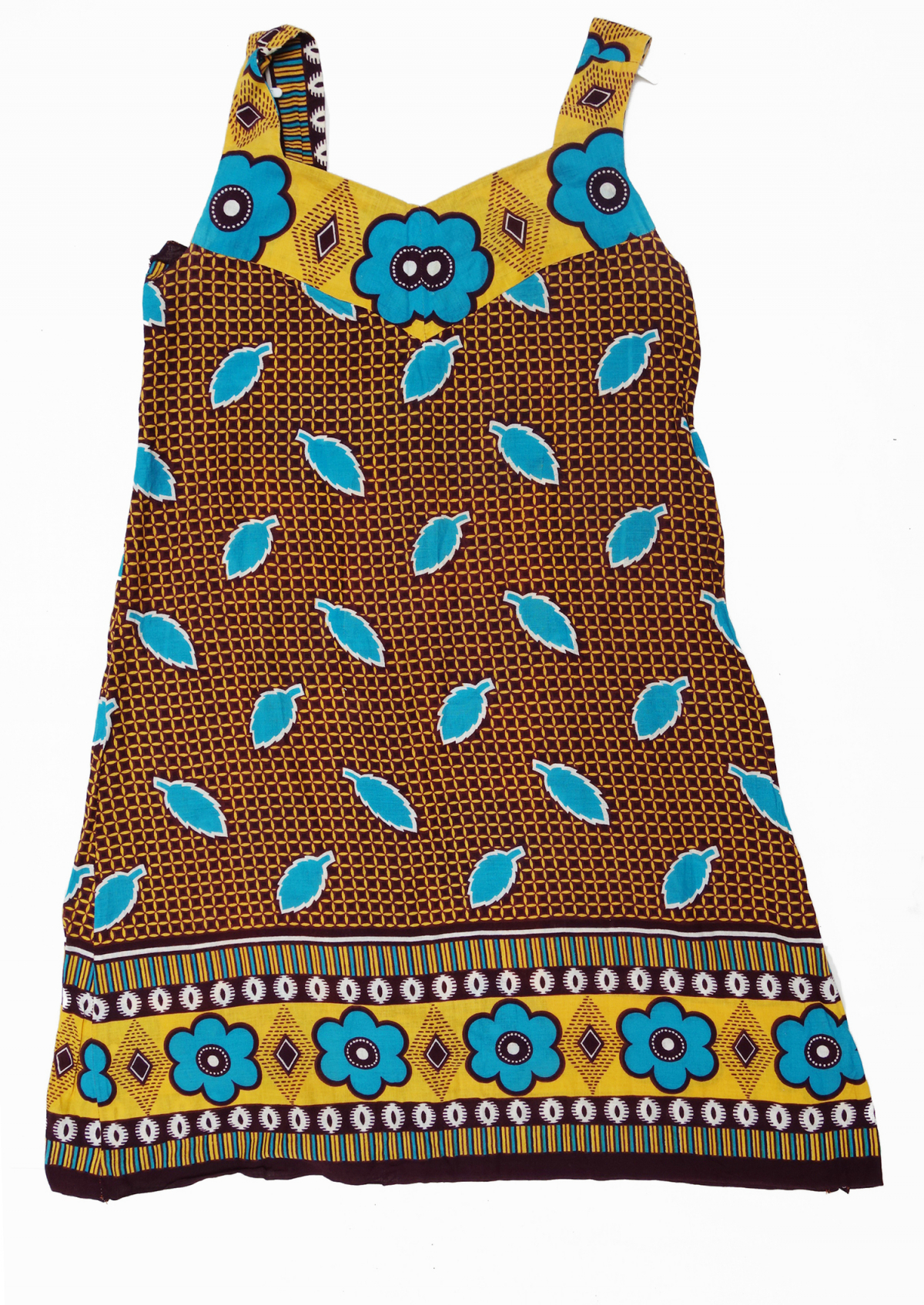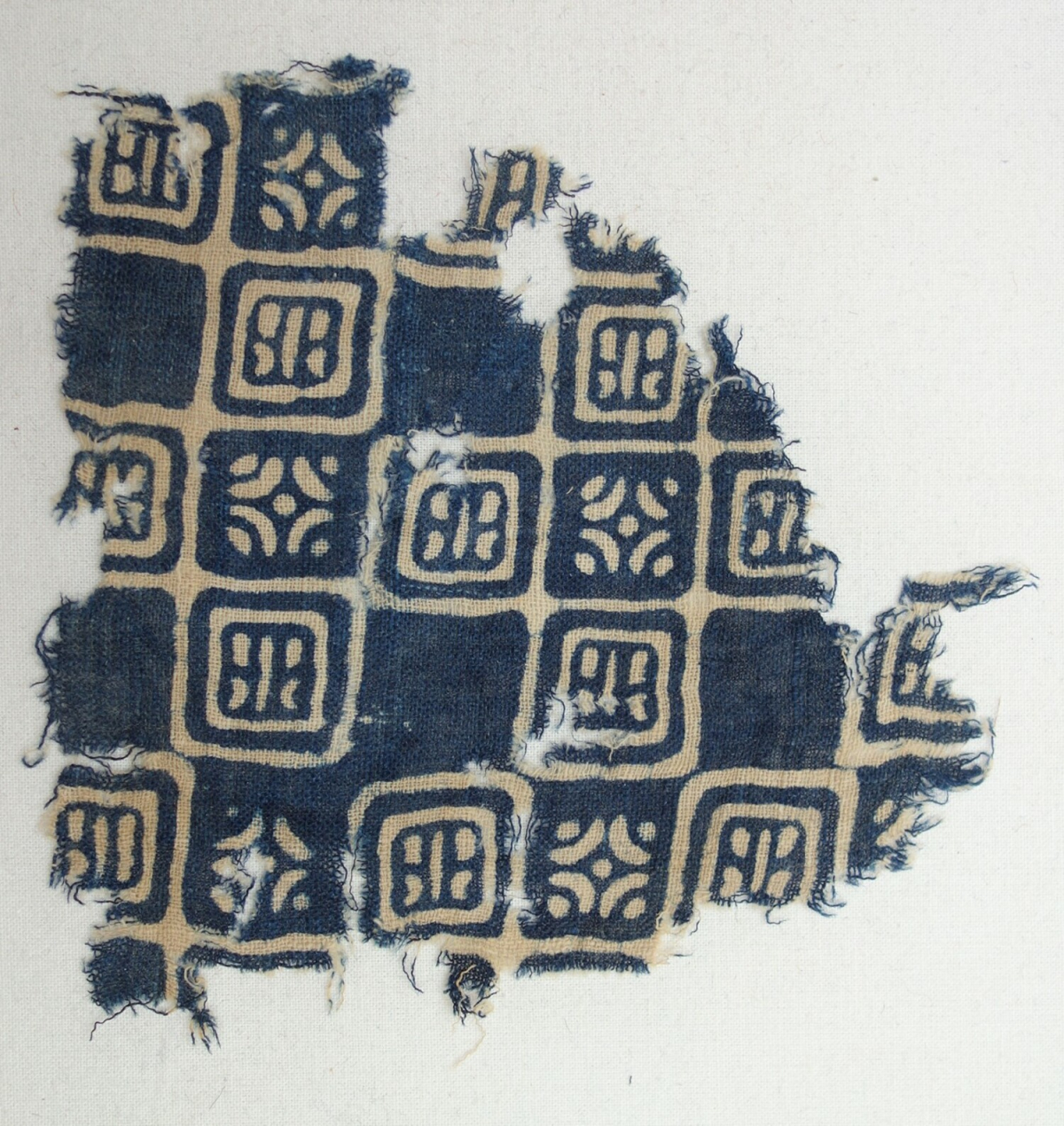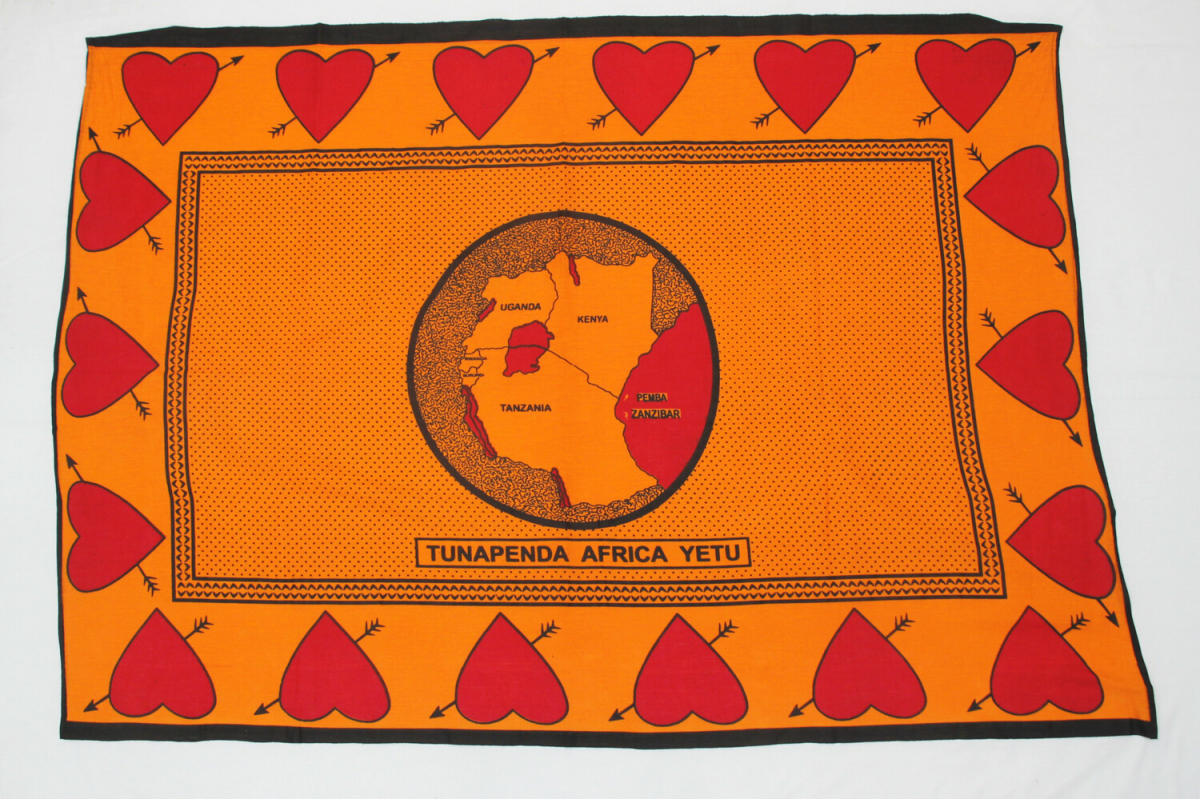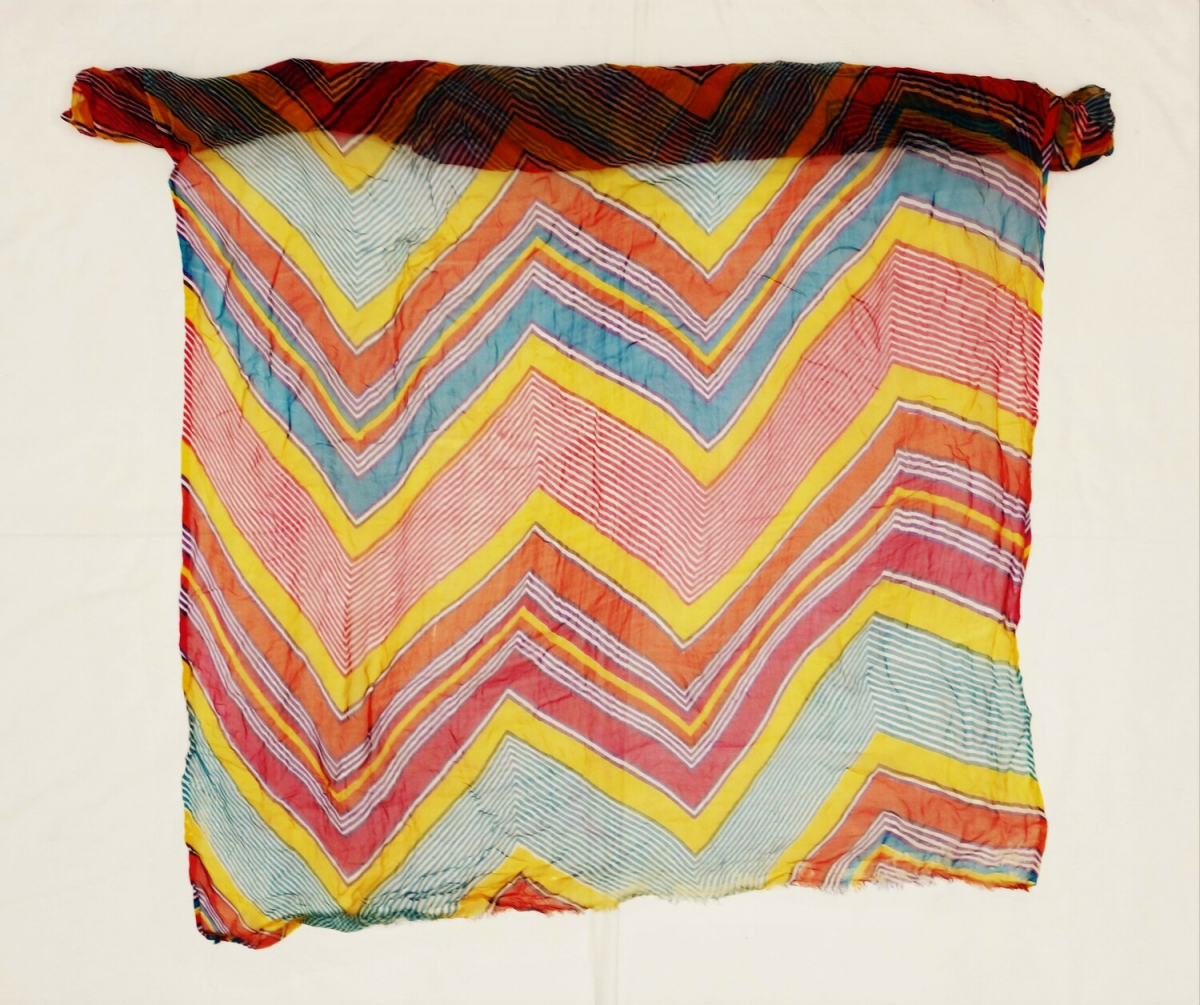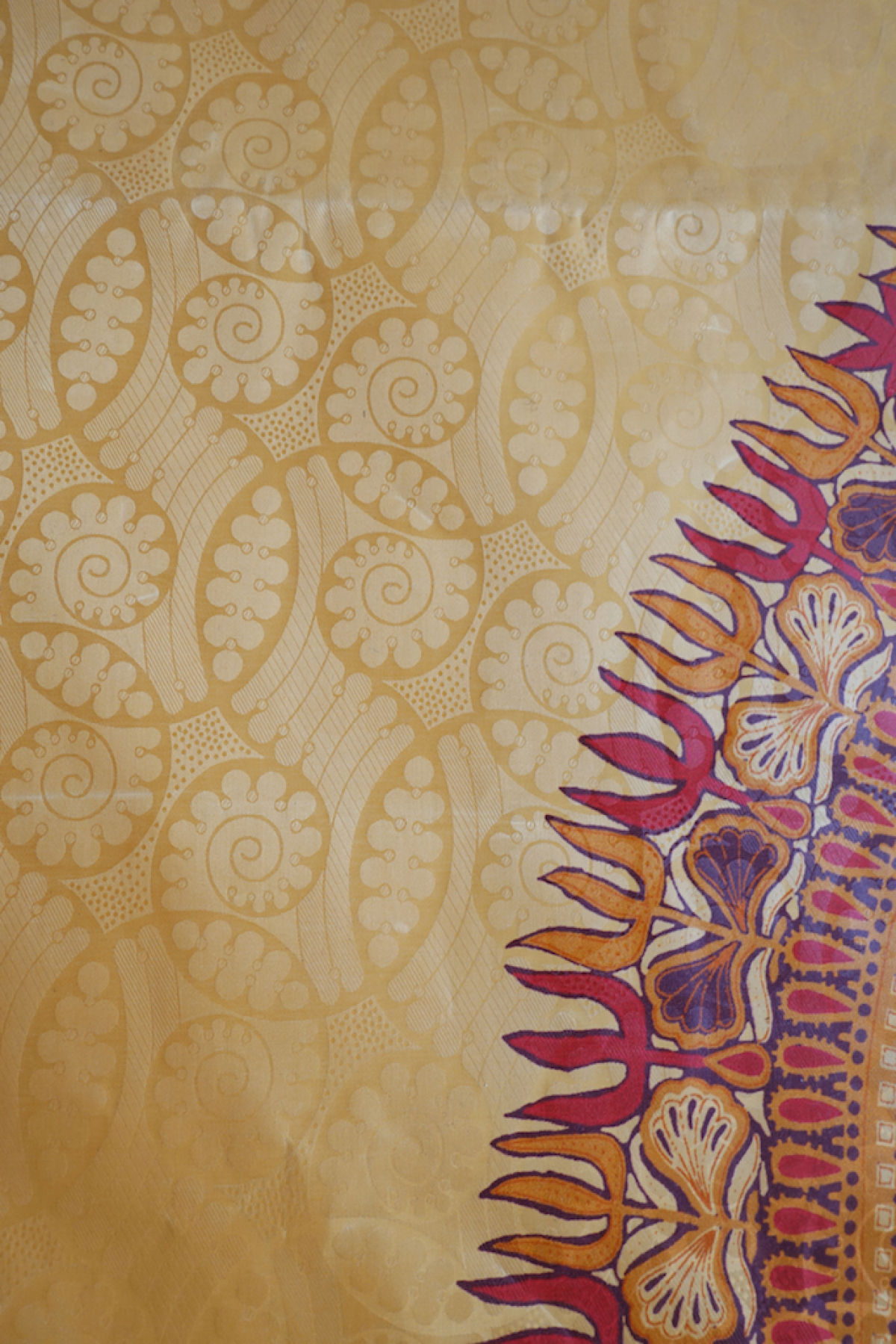Textile Travels
Textile Travels
This online exhibition is based on a TRC Gallery Exhibition with the title Textile Travels: Asia, Africa, Europe, presented at the Textile Research Centre, Leiden, the Netherlands, from 15th September 2022 until 22nd December 2022. There are five separate sections, each of which explores a special type or group of textiles that travelled between Asia, Europe and Africa. each with their own story, from medieval Indian textiles that found their way to Egypt, to so-called Madras or George cloth, originally from the Madras/Chennai area in southeastern India, that has become popular in West Africa, especially Nigeria, and in Surinam in South America.
For this online exhibition:
- Author: Gillian Vogelsang-Eastwood
- Web-design: Joost Koopman
- Exhibition design: Willem Vogelsang
- Publisher: TRC Leiden.
- Year of publication: 2022
- Copyright: All illustrations of objects housed in the TRC collection can be used free of charge, but please add to the caption: "Courtesy Textile Research Centre, Leiden" and the pertinent accession number of the object.
1. Introduction
For thousands of years individual textiles, huge bales of cloth, not to mention people wearing clothes and carrying textiles moved around the world. They travelled in all directions, literally north,…
2. Medieval Indian textiles from Quseir al-Qadim in Egypt
For hundreds of years India has been exporting textiles to the east coast of Africa, and hence onto the eastern Mediterranean via the Red Sea. During the Roman period, for…
3. Indian George and Madras textiles
For centuries a popular type of textile used by the Igbo people in Nigeria is called ‘George cloth’. During the 20th century this type of cloth became popular among a…
4. Kangas from East Africa and India
Kangas are large, rectangular cotton cloths (c. 150 x 100 cm) that are brightly coloured and have a distinctive, printed text. They are worn by women living along the east…
5. VLISCO and West African printed textiles
Vlisco was established in 1846 in Helmond, the Netherlands, when Pieter Fentener van Vlissingen (1826-1868) bought a textile printing factory and called it P. Fentener van Vlissingen & Co. The…
6. Leheriya cloths from Rajasthan, India
Leheria is a type of colourful, diagonally striped textile from Rajasthan, western India, that is particularly associated with the cities of Jaipur, Jodhpur, Nathdwara and Udaipur. The world leheria (laharia,…
7. Bazin damasks for the African market
A feature of the large gown worn by men in various parts of West Africa is the use of a bazin or damask cotton cloth with a small, repeating abstract…

